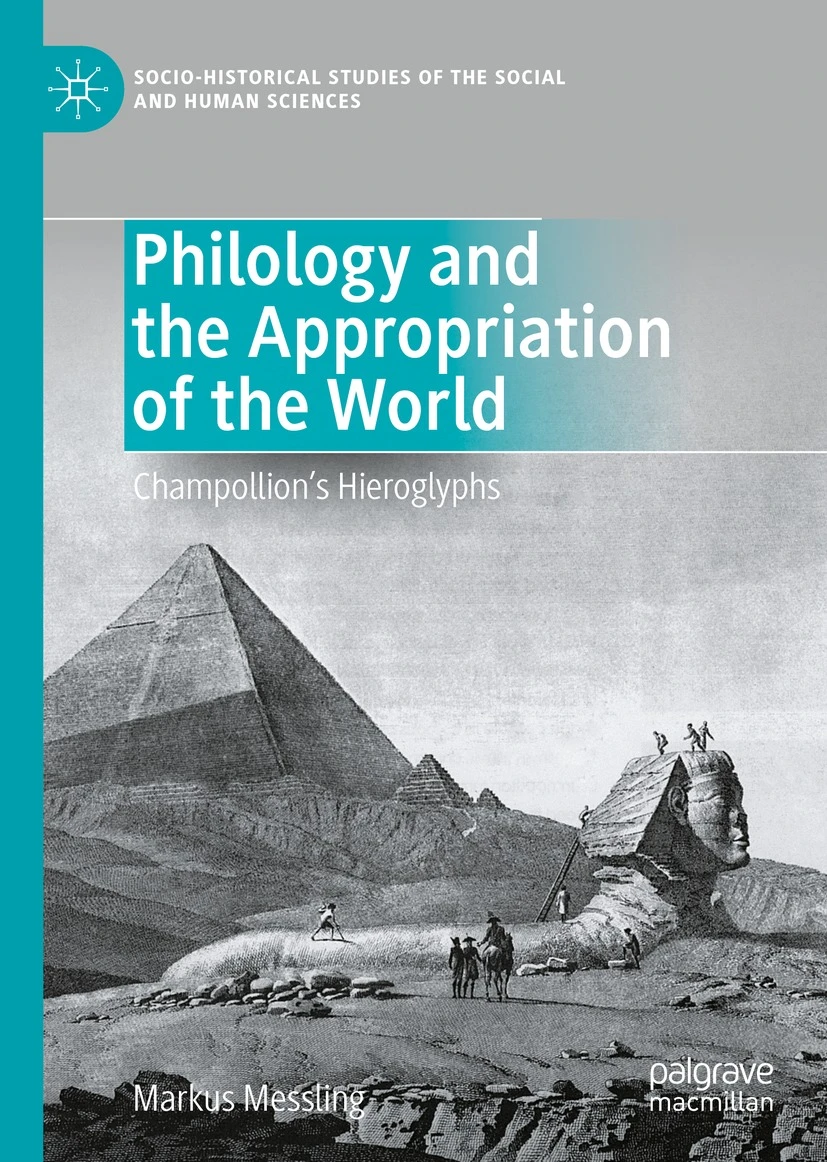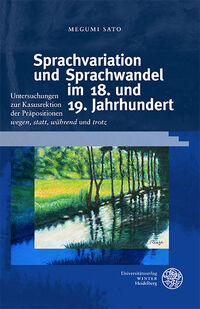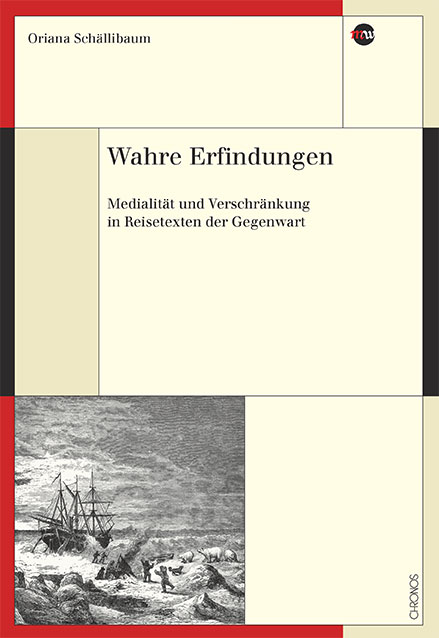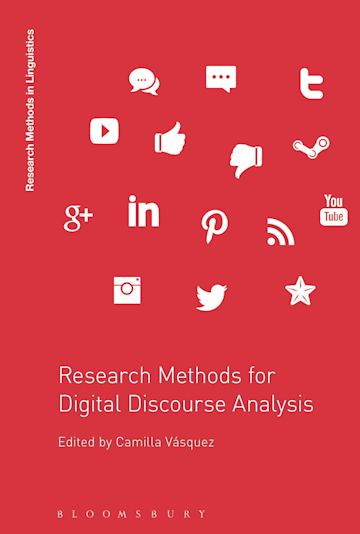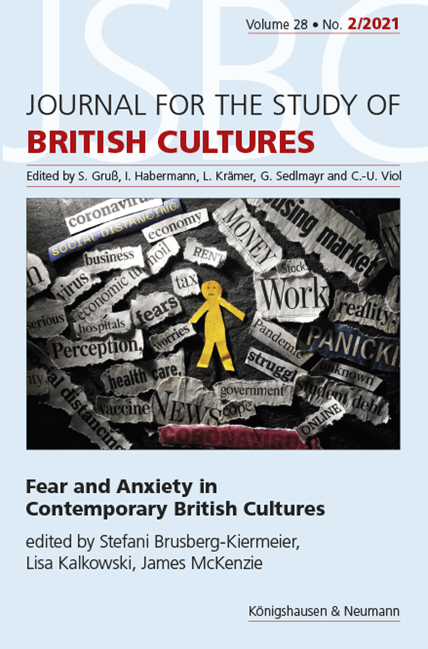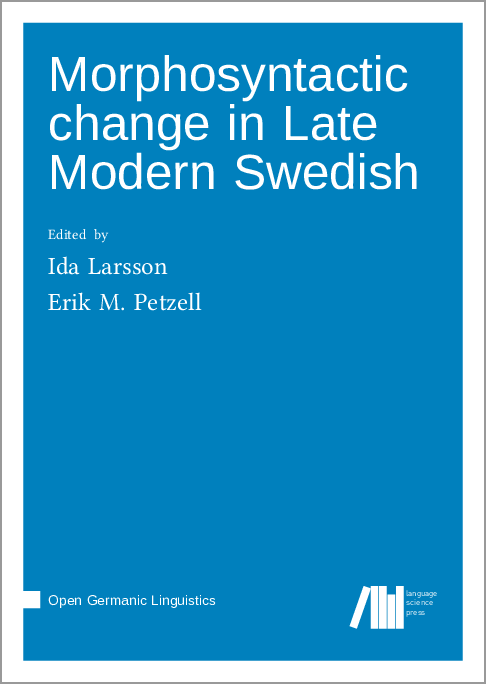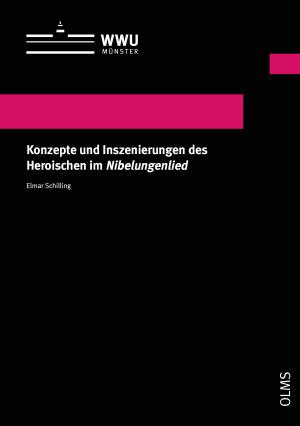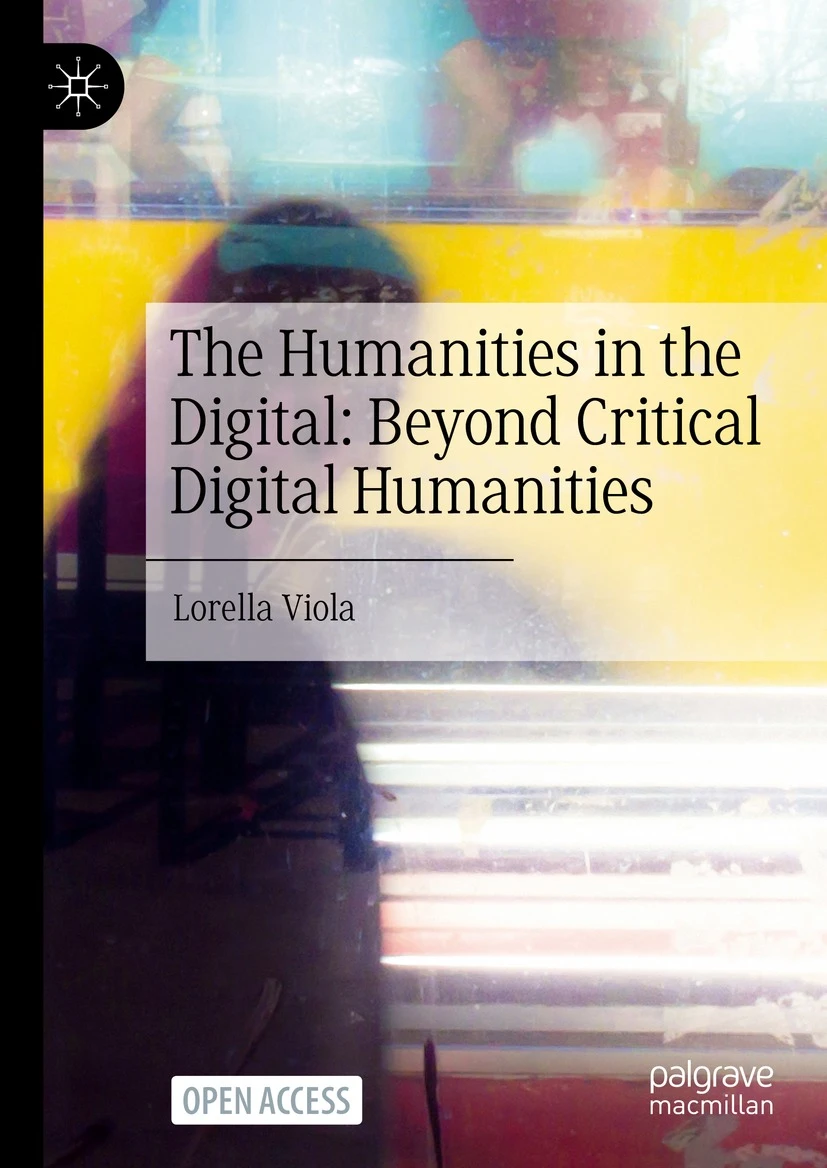Heilkundige Männer und Frauen und ihre medizinischen Behandlungsmethoden in der altnordischen Überlieferung
 In der altnordischen Überlieferung finden sich viele Spuren medizinischen Wissens. Man nimmt an, dass die geschilderten fiktionalen Behandlungsmethoden der Heilkundigen weitgehend der damaligen Realität entsprochen haben. Denn trotz seiner abgelegenen geographischen Lage war Island nie vom übrigen Europa isoliert, sondern es herrschte während der Wikingerzeit zwischen Island, Norwegen, den britischen Inseln, Mittel- und Südeuropa bis Byzanz ein reger Handels‑, Kultur- und Kenntnisaustausch. So konnten antike medizinische Vorstellungen von dem europäischen Festland nach Island gelangen und Spuren in den Sagas hinterlassen. In der vorliegenden Arbeit stehen aber nicht die Helden im Mittelpunkt, sondern diejenigen, die sich mit Wunden und Krankheiten auseinandersetzen müssen: Die heilkundigen Männer und Frauen.
In der altnordischen Überlieferung finden sich viele Spuren medizinischen Wissens. Man nimmt an, dass die geschilderten fiktionalen Behandlungsmethoden der Heilkundigen weitgehend der damaligen Realität entsprochen haben. Denn trotz seiner abgelegenen geographischen Lage war Island nie vom übrigen Europa isoliert, sondern es herrschte während der Wikingerzeit zwischen Island, Norwegen, den britischen Inseln, Mittel- und Südeuropa bis Byzanz ein reger Handels‑, Kultur- und Kenntnisaustausch. So konnten antike medizinische Vorstellungen von dem europäischen Festland nach Island gelangen und Spuren in den Sagas hinterlassen. In der vorliegenden Arbeit stehen aber nicht die Helden im Mittelpunkt, sondern diejenigen, die sich mit Wunden und Krankheiten auseinandersetzen müssen: Die heilkundigen Männer und Frauen.
zum Buch im ULB-KatalogPlus
zum Buch auf der Verlags-Website
What is north? Imagining the North from Ancient Times to the Present Day
 The British Isles, Scandinavia, Iceland, Greenland, and Eastern Canada, alongside many small islands, form a broken bridge across the northern extremities of the Atlantic Ocean. This ‘North Atlantic World’ is a heterogeneous but culturally intertwined area, ideally suited to the fostering of an interest in all things northern by its people. For the storytellers and writers of the past, each more northerly land was far enough away that it could seem fabulous and even otherworldly, while still being just close enough for myths and travellers’ tales to accrue. This book charts attitudes to the North in the North Atlantic World from the time of the earliest extant sources until the present day. The varied papers within consider a number of key questions which have arisen repeatedly over the centuries: ‘where is the North located?’, ‘what are its characteristics?’, and ‘who, or what lives there?’. They do so from many angles, considering numerous locations and an immense span of time. All are united by their engagement with the North Atlantic World’s relationship with the North.
The British Isles, Scandinavia, Iceland, Greenland, and Eastern Canada, alongside many small islands, form a broken bridge across the northern extremities of the Atlantic Ocean. This ‘North Atlantic World’ is a heterogeneous but culturally intertwined area, ideally suited to the fostering of an interest in all things northern by its people. For the storytellers and writers of the past, each more northerly land was far enough away that it could seem fabulous and even otherworldly, while still being just close enough for myths and travellers’ tales to accrue. This book charts attitudes to the North in the North Atlantic World from the time of the earliest extant sources until the present day. The varied papers within consider a number of key questions which have arisen repeatedly over the centuries: ‘where is the North located?’, ‘what are its characteristics?’, and ‘who, or what lives there?’. They do so from many angles, considering numerous locations and an immense span of time. All are united by their engagement with the North Atlantic World’s relationship with the North.
zum Buch im ULB-KatalogPlus
zum Buch auf der Verlags-Website
Weitere Titel können Sie in unseren Neuerwerbungslisten für die Nordische Philologie entdecken!

